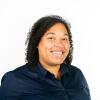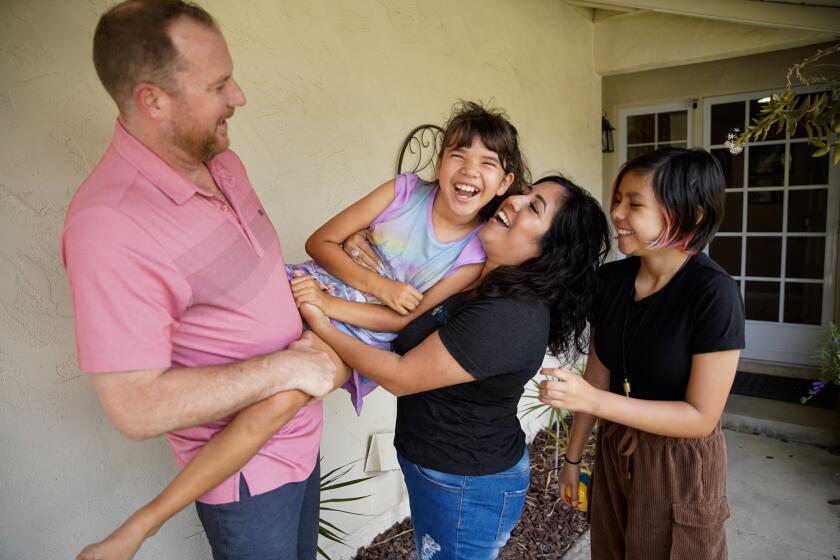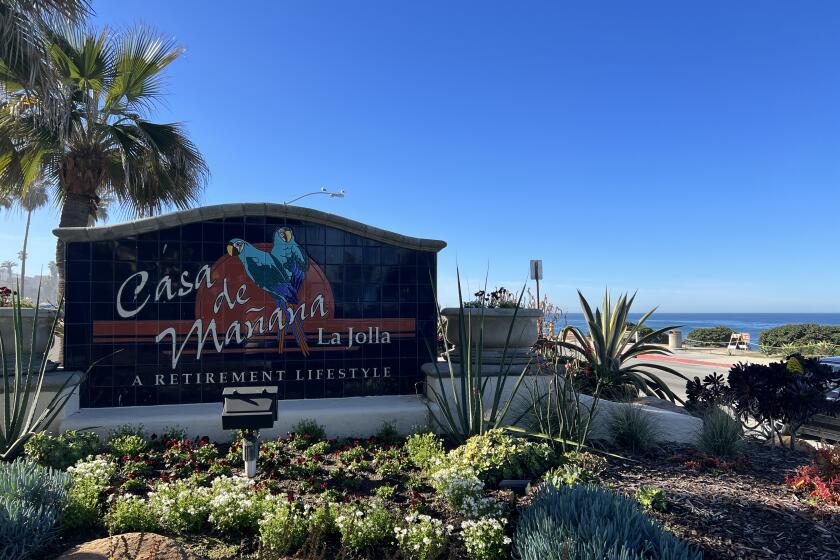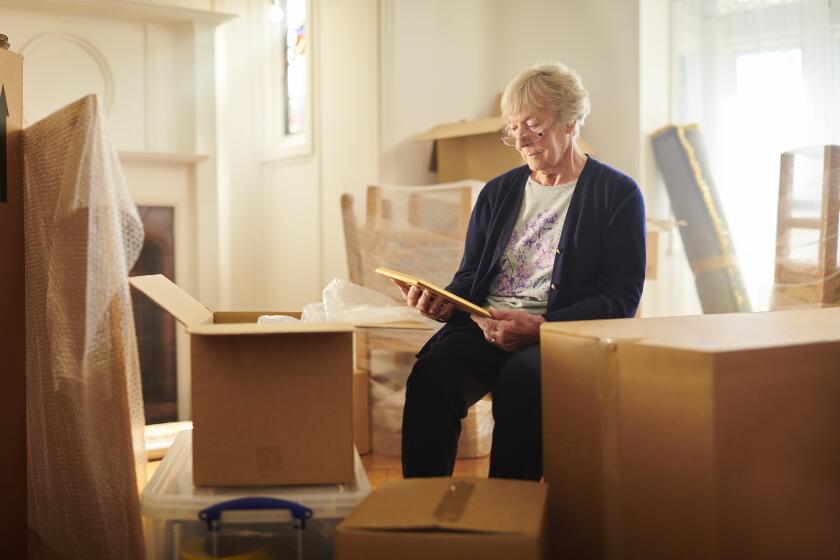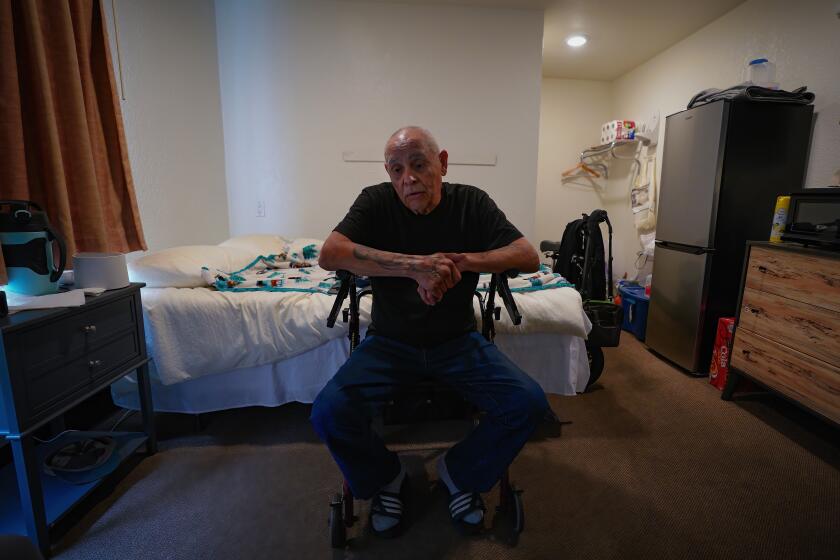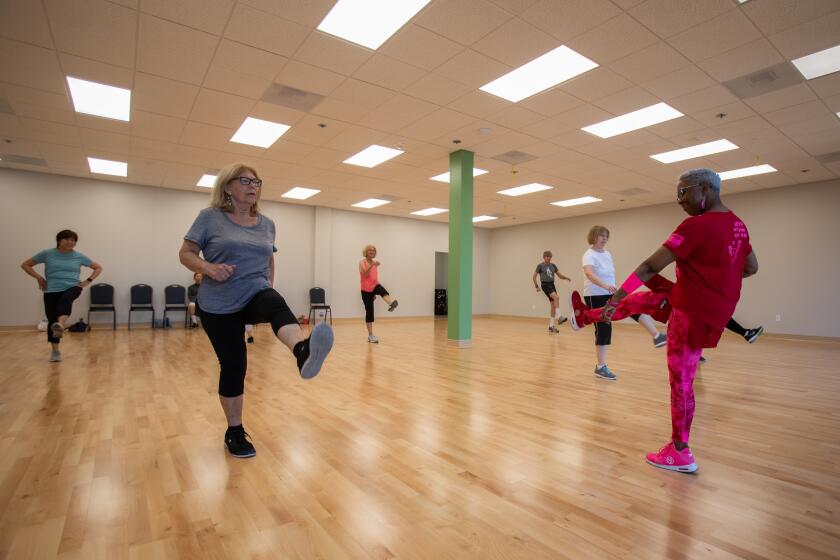Big change in Medi-Cal rules opens the door to more seniors
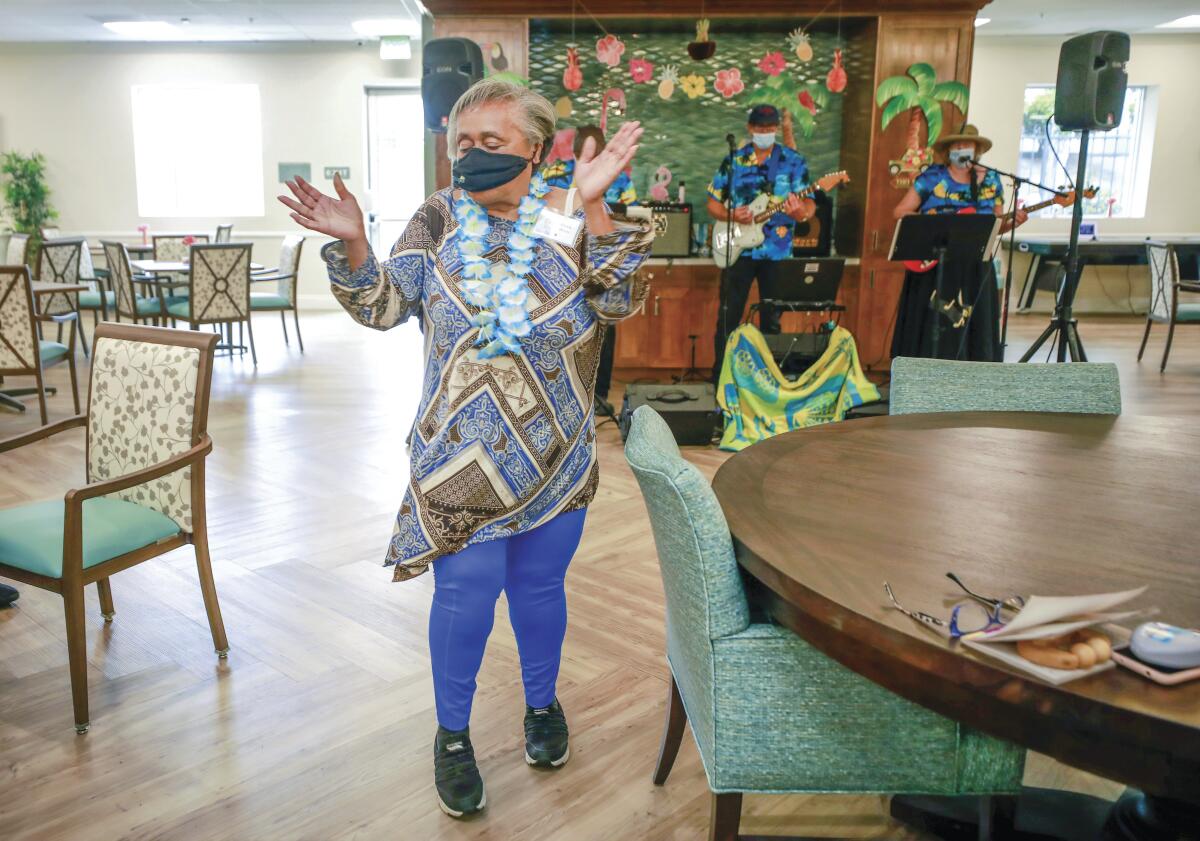
With state-mandated cap on assets eased, ‘forgotten middle’ income residents now qualify for low-cost health program
For the first time in more than three decades, the state has increased the amount of savings a person can have to qualify for Medi-Cal, its low-cost health care program.
As of July 1, the asset limit to qualify for Medi-Cal has increased from $2,000 to $130,000 for an individual, with an additional $65,000 allowed for each additional household member. The increase applies to seniors, people living in long-term care nursing facilities, people living with disabilities and several other specialty groups.
To qualify, someone must be 50 or older, a child under 21, pregnant, the parent or caretaker relative of an age-eligible child, a person living in a long-term care facility, someone who receives Medicare, or be blind or living with a disability.
Prior to the expansion, many seniors in the middle-income range were unable to access long-term care facilities or in-home health care because they didn’t qualify for low-cost options and were unable to pay the steep out-of-pocket cost, said Renata Smith, executive director for the Gary and Mary West PACE center in San Marcos.
It’s this group Smith refers to as “the forgotten middle.”
“They’re the folks that are not able to afford quality home-based health care and rising costs, but also unable to qualify for Medi-Cal because their assets are too high,” she said.
In the past, some seniors would spend down assets to qualify to move into a Medi-Cal-funded, long-term care facility.
“Spending down that money is not as easy as it sounds, because what you’re actually spending down is your nest egg, and money that you typically would use for your food or your lodging and things like that,” Smith said.
Some would use their savings to pay off bills, prepay for funeral and burial expenses and/or put their remaining money into an irrevocable or special needs trust, sometimes gifting a limited portion of their funds to family members or friends, Jennifer Marcks said.
She is the founder and owner of Medi-Cal Advisor Group, which provides case management services to help seniors transition into health care facilities and helps people qualify for Medi-Cal.
But having to reallocate or use those funds in advance sometimes meant not having access to them in an emergency.
“The old rules and regulations didn’t allow people to flourish on a very basic level in the lower middle class,” Marcks said. “To force someone to get down to $3,000 as a married couple is really unrealistic to thrive for quality of life.”
San Diego-based fiduciary Kim Sliffe said one of her North County clients — a woman in her early 70s who was having trouble managing her financial and medical needs — used the spend-down method to qualify for Medi-Cal just over two years ago.
When she first hired Sliffe, the client had about $73,000 in her personal bank account that needed to be reduced down to $2,000.
Much of that money was put into an asset protection trust account that Sliffe uses to pay for the client’s household needs, like her utility bills, household repairs, supplies and furnishings.
Although people like Sliffe’s client retain access to their funds to pay for those household needs, travel and entertainment costs through their trustee, it also meant they needed to go through a cumbersome process to work with a lawyer and a fiduciary to put their assets in trust to qualify for Medi-Cal.
“With the new limits, she probably would not have needed to go through this whole trust process — she would have just qualified,” Sliffe said.
California Department of Health Care Services estimates that the increase means that approximately 22,200 more people will now qualify for Medi-Cal, and thousands more will qualify when the asset limit is repealed in 2024, spokesperson Katharine Weir-Ebster said via email.
“Medi-Cal beneficiaries will be able to keep additional resources, resulting in increased financial stability and quality of life,” Weir-Ebster said. “This increase in asset limits will also make Medi-Cal coverage accessible to a larger number of potentially vulnerable Californians, including elderly and disabled individuals.”
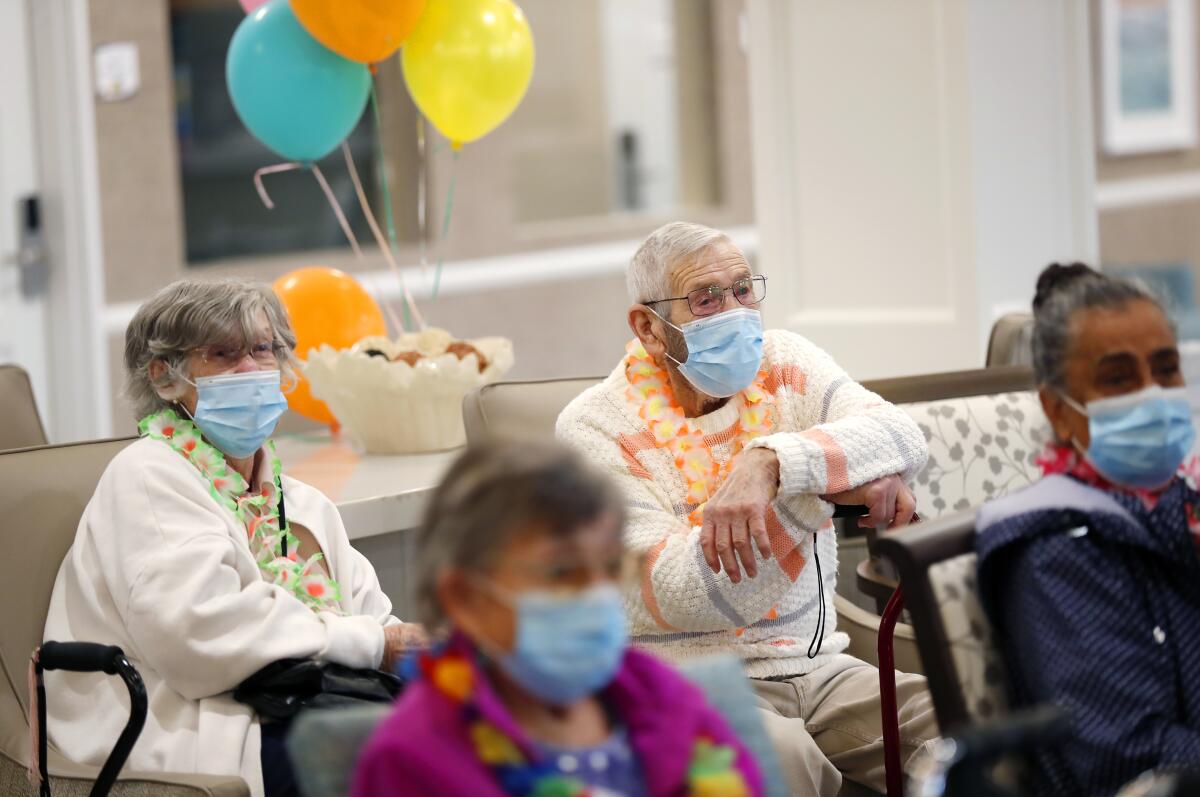
This new expansion is the first time that the asset limit has been increased in more than three decades. In the late 1980s, the limit rose by $100 each year — from $1,600 in 1985 to $2,000 in 1989. Then the increases ceased.
Increased access to Medi-Cal also means that there is now increased access to senior care facilities, or in-home care and other programs that help older adults age in place longer, like PACE, an acronym for Program of All-Inclusive Care for the Elderly.
Estate planning and elder law attorney Maya M. Pinchman said that, previously, some people who needed assistance — but couldn’t afford a private caregiver, in-home or adult day care services — would end up moving into nursing homes that were not the right fit for their needs.
“They kind of had to find a way to get into a nursing home, which is maybe not the right environment for them at that time yet, solely because they couldn’t afford health care otherwise,” she said.
To use a PACE program, clients need to be age 55 or older, enrolled in Medicare or Medicaid and live within a PACE organization service area. They also need to require a nursing home-level of care and be able to live independently with the program’s support.
Through medical and dental care, socialization programs and support with activities of daily living, PACE programs can help to improve the lives and long-term health outcomes of seniors in several ways.
San Diego is home to several PACE programs, including Gary and Mary West PACE in San Marcos, which includes a senior center and adult day care center where clients can socialize during the week.
Smith said her facility is already in the process of hiring more staff to accommodate the expected increase as more people qualify for Medi-Cal.
This new change to the asset limit is just one aspect of an overhaul of Medi-Cal access in the state in recent years.
In 2020, the program was expanded to cover those 25 and younger, regardless of immigration status, and in May of this year, state lawmakers also expanded access to Medi-Cal to adults age 50 or older, regardless of immigration status.
The program will be opened up to cover even more Californians in January 2024, when the asset test is set to repeal.
Get CaregiverSD in your inbox on Mondays
Helpful tips, information and resources from caregiverSD.com in your inbox Monday mornings.
You may occasionally receive promotional content from the San Diego Union-Tribune.

